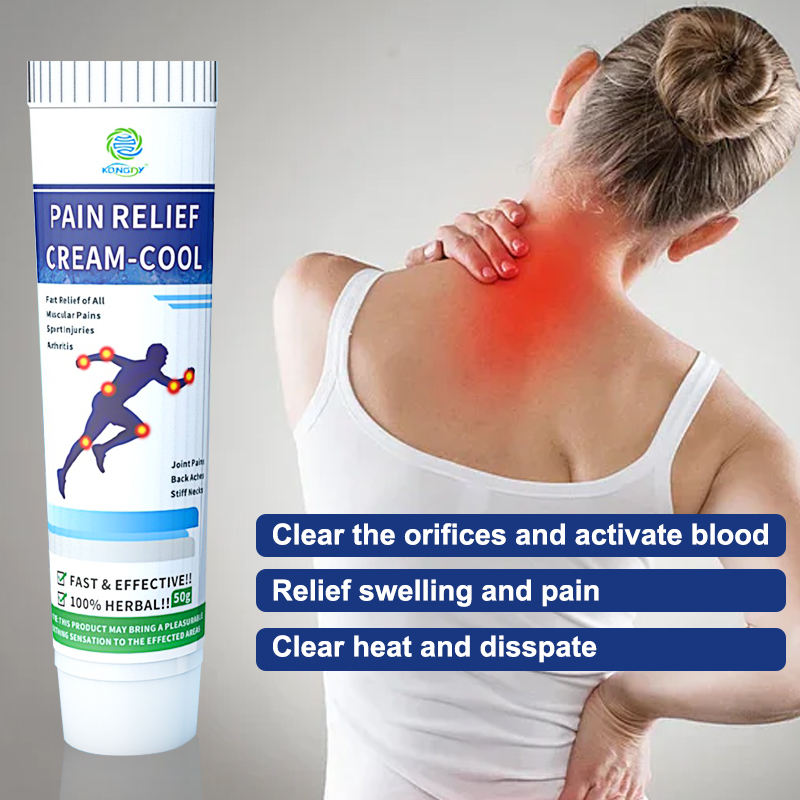Pain relief creams provide localized analgesic effects through active pharmaceutical ingredients absorbed into the skin. Understanding the different types, ingredients and proper usage techniques enables getting maximum results.
- Common Types of Pain Relief Creams
Counterirritant Creams – Contain substances like menthol, camphor and capsaicin that overwhelm nerves to temporarily reduce pain signaling. Provide a cooling or warming sensation.
Analgesic Creams – Use ingredients like lidocaine that numb pain by blocking nerve signals. Offer more potent effects than counterirritants.
NSAID Creams – Contain non-steroidal anti-inflammatory drugs (NSAIDs) like diclofenac which reduce inflammatory chemicals that induce pain.
Arnica Creams – Utilize herbal ingredients like arnica montana that alleviate muscle soreness and swelling topically. Generally more mild.

- Active Pain Relieving Ingredients
Menthol – Provides cooling and numbing sensation by activating receptors.
Camphor – Generates warming and slight anesthetic effect on skin.
Lidocaine – Prevents nerves from signaling pain messages to the brain.
Capsaicin – Reduces substance P which communicates pain signals.
Diclofenac – Blocks inflammatory compounds like prostaglandins.
- Proper Usage Tips
Cleanse skin before application to improve absorption.
Gently massage cream into affected areas to boost blood flow.
Use consistently at first sign of pain rather than waiting until fully set in.
Follow dosage and usage instructions to avoid complications.
Monitor for skin reactions and discontinue use if severe irritation.






